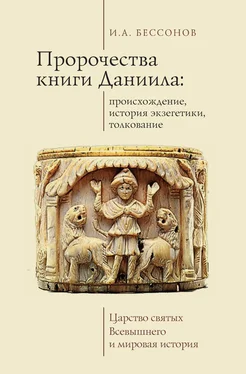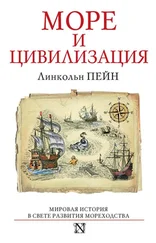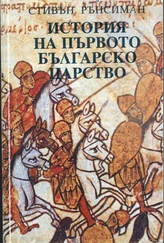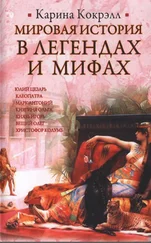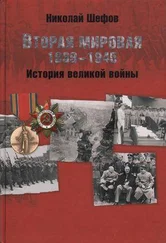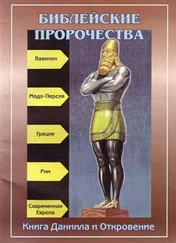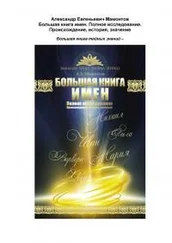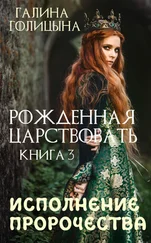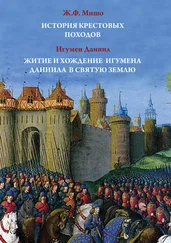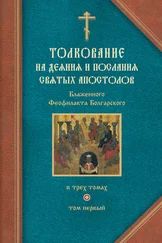См. Keel Othmar. Die Tiere und der Mensch in Daniel 7 // Hellenismus und Judentum: vier Studien zu Daniel 7 und zur Religionsnot unter Antiochus IV. Freiburg, 2000. S. 14–15.
Collins John J. Op. cit. P. 299.
См. Staub Urs. Op. cit. S. 70–84.
Интересно, что мы наxодим подобные отзывы об эллинистических царстваx не только в книге Даниила, но и в другиx произведенияx еврейской литературы. Так, в написанной несколько позднее книги Даниила Первой книге Маккавейской о преемниках Александра Македонского говорится, что «по смерти его все они возложили на себя венцы, а после них и сыновья их в течение многих лет; и умножили зло на земле» (1 Макк 1, 9).
Цит. по переводу Е.Б. Смагиной.
Hölscher Gustav. Die Entstehung des Buches Daniel // Theologische Studien und Kritiken 92 (1919). S. 1 13–1 18.
Haller Max. Das Alter von Daniel 7. // Theologische Studien und Kritiken 93 (1920). S. 83– 87.
Sellin Ernst. Introduction to the Old Testament. London, 1923. P. 1 13–138.
Martin Noth. Zur Composition des Buches Daniel // Theologische Studien und Kritiken 99 (1926). S. 143–163.
Ginsberg H.L. The Composition of the Book ofDaniel // Vetus Testamentum. Vol. 4, Fasc. 3 (Jul., 1954). P. 246–275.
Dequeker Luc. The ‘Saints of the Most High’ in Qumran and Daniel // Oudtestamentische Studien. 18 (1973). P. 114.
Hartman Louis F., Di Lella Alexander A. Op. cit. P. 11–14.
Kratz Reinard G. The Visions of Daniel // The Book of Daniel. Composition and Reception. Vol 1. Boston-Leiden, 2002. P. 91–113.
Albertz Rainer. The Social Setting ofthe Aramaic and Hebrew Book ofDaniel // The Book of Daniel. Composition and Reception. Vol 1. Boston-Leiden, 2002. P. 171–204.
Ginsberg H.L. Op. cit. P. 269.
Возможно, что 11а не было не только в тексте арамейского апокалипсиса, но и в оригинале книги Даниила, т.к. он отсутствует в греческом и сирийском переводе этого сочинения.
Cр. близкую точу зрения Р. Альбертца (Albertz Rainer. Op. cit. P.188). В данном случае мы не рассматриваем историю интерполирования седьмой главы, которое, вероятно, проходило в несколько стадий: возможно, что образ десяти рогов был добавлен в 7 главу раньше, чем образ «малого рога».
Stuckenbruck Loren T. Daniel and Early Enoch Traditions in the Dead Sea Scrolls // The Book ofDaniel. Composition and Reception. Vol II. Boston-Leiden. P. 384.
Подробнее см. Miller Patrik D. Cosmology and World Order in the Old Testament. The Divine Council as Cosmic-Political Symbol // Horizons in Biblical Theology 9 (1987). P. 53–78.
Ефрем Сирин. Толкование на пророческие книги Ветхого Завета. М., 2017. С. 546.
Аналогичную точку зрения см. Hartman Louis F., Di Lella Alexander A. Op. cit. P. 217.
Параллель между Сыном Человеческим и Моисеем может быть развита дальше. В трагедии александрийского еврейского трагика Иезекииля «Исход» описывается сон Моисея, в котором он поднимается на гору Синай и там занимает Божественный престол. Подобная картина позволила некоторым авторам выдвинуть предположение о том, что Иезекииль отождествлял Моисея с Сыном Человеческим, а Синайское откровение с его воцарением. (Moses D.A. Matthew’s Transfiguration Story and Jewish-Christian Controversy. Sheffield, 1996. P. 83–84).
Gardner Anne E. Op. cit. P. 250.
Bousset Wilhelm. Die Religion des Judentums im neutestamentlichen Zeitalter. Berlin, 1903. S. 347–348.
Kraeling Carl H. Anthropos and Son ofMan: A Study in the Religious Syncretism of the Hellenistic Orient. New York, 1927.
Mowinckel Sigmund. He that cometh: The Messiah Concept in the Old Testament and Later Judaism. Michigan, 2005. P. 420–437.
Lacocque André. The Book ofDaniel. London, 1979. P. 132–133; 146–147. А. Лакок усматривает происхождение образа Сына Человеческого в мифе о Первочеловеке, допуская, однако, что в книге Даниила он был идентифицирован с архангелом Михаилом.
Hartman Louis F., Di Lella Alexander A. Op. cit. P. 98–100; Black Matthew. Die Apotheose Israels: eiene neue Interpretation des danielischen ‘Menschensohns’ // Jesus und der Menschensohn. Freiburg, 1975. S. 92–99.
Beasley-Murray G.R. The Interpretation of Son of Man. // The Catholic Biblical Quarterly. Vol. 45, No. 1 (January, 1983). P. 50.
Montgomery James A. A Critical and Exegetical Commentary on the Book of Daniel. Edinburgh, 1959. P. 317–324.
Porteous Norman W. Daniel. Philadelphia, 1976. P. 1 12.
Hartman Louis F., Di Lella Alexander A. Op. cit. 1980. P. 218–219.
Casey Maurice. Son ofMan. The interpretation and influence of Daniel 7. London, 1979.
Albertz Rainer. Op. cit. P. 184–185.
Keel Othmar. Op. cit.
Seow C.L. Daniel. Louisville, 2005. P. 108–109.
Gardner Anne. “Holy ones” and “(Holy) people” in Daniel and 1QM // Keter Shem Tov: Collected Essays on the Dead Sea Scrolls in Memory ofAlan Crown. Piscataway, 2013. P. 151–183.
Schmidt Nathaniel. The “Son ofMan” in the Book ofDaniel // Journal of Biblical Literature, Vol. 19, No. 1 (1900). P. 22–28.
Procksch Otto. Der Menschensohn als Gottessohn // Christentum und Wissenschaft. № 3. 1927. S. 429.
Noth Martin. The Holy Ones ofthe Most High // The Laws in the Pentateuch and Other Essays. London, 1966. P. 215–228.
Читать дальше
